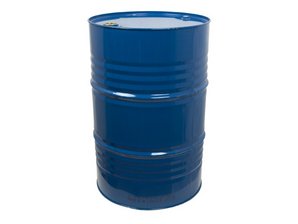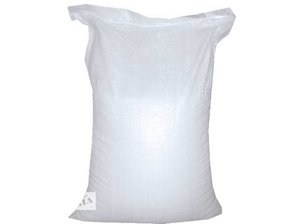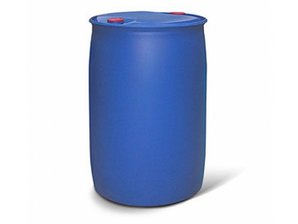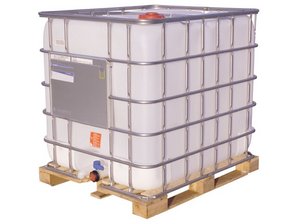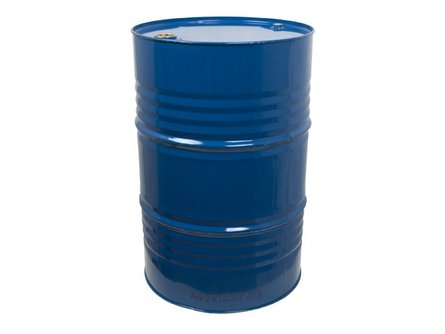
Polyethylene glycols - polymer of ethylene glycol
The product is used to manufacture plasticizers, in chemical, textile, rubber, metal-working industries.
Polyethylene glycols is also known as polyethylene oxide (PEO) or polyoxyethylene (POE), depending on its molecular weight. The structure of polyethylene glycols is commonly expressed as H−(O−CH2−CH2)n−OH.
Comparison of characteristics of polyethylene glycols
| Property | Value | |||
|---|---|---|---|---|
| PEG-200 | PEG-300 | PEG-400 | PEG-600 | |
| Appearance | Colorless or faintly yellowish, transparent, viscous liquid with weak specific odor. | |||
| Color of 25 % aqueous solution, Hazen, max. | 25 | |||
| рН of 5 % aqueous solution, within | 5.0–7.5 | |||
| Kinematic viscosity at (40.0±0.3) °C, mm2/s, within | 21–25 | 30–35 | – | 59–66 |
| Hydroxyl number, mg КОН/g, within | 510–625 | 340–415 | 260–290 | 172–205 |
| Sulfate ash, % wt., max. | 0.2 | 0.2 | 0.1 | 0.1 |
| Water, % wt., max. | 0.5 | |||
Comparison of characteristics of solid polyethylene glycols
| Property | Value | ||
|---|---|---|---|
| PEG-1500 | PEG-3000 | PEG-4000 | |
| Appearance | Flakes or waxy dense mass of white, yellow or grayish color | ||
| Appearance of 25% aqueous solution | Transparent liquid free from solids | ||
| Color at 25% aqueous solution, Hazen, max. | 25 | ||
| Hydroxyl number, mg KOH/g, within | 70–80 | 30–40 | 25–33 |
| pH value of the water-methanol solution of the basic substance, within | 5,5–7,5 | ||
| Kinematic viscosity at 100 °C, m2/s, within | 25–35 | 45–85 | 78–160 |
| Water, % wt., max. | 0,5 | ||
| Melting point, °C, within | 43–48 | 50–58 | 52–60 |


